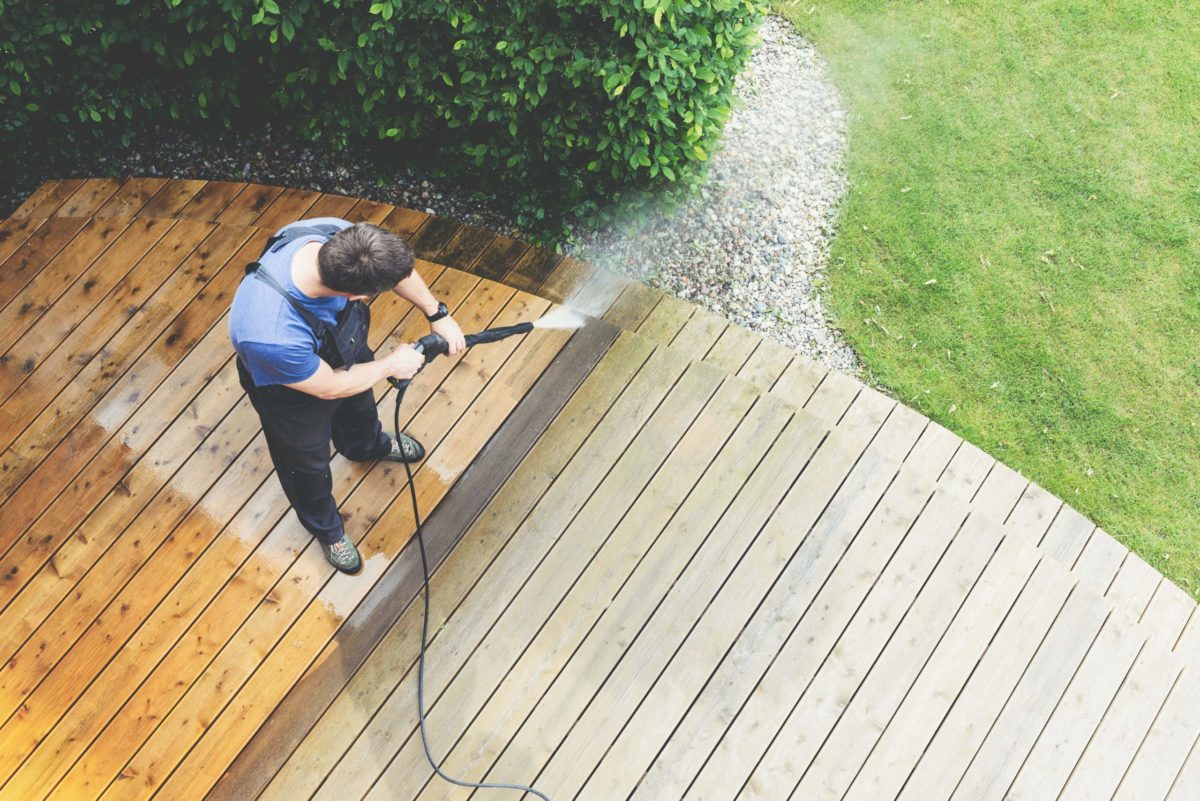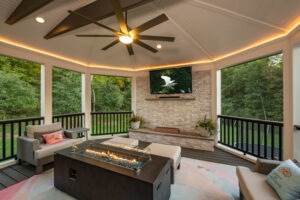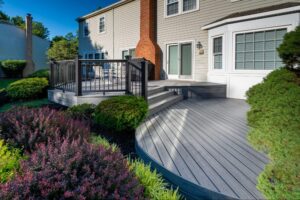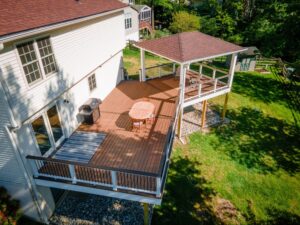While your deck is designed to be durable and can withstand the different weather conditions, the time will come when you will have to choose between replacing or restoring your deck. With deck replacement being so costly, many homeowners would like to find a more cost-efficient means — and that is deck restoration.
Deck restoration has become a very popular way to maintain your deck without spending as much as a full replacement. In this process, you are going to clean your deck, repair the damaged parts, restore its original beauty, and seal it with special coatings to protect against warping, shrinking, cupping, curling, and other elements that could damage your deck. If you regularly have an annual cleaning for your deck, then there is a higher chance that you can revive your deck’s original beauty with deck restoration.
Here are a few things done during the deck restoration:
Deck Evaluation
We will evaluate the condition of your entire deck. Deck restoration won’t be viable if the deck is severely damaged. We’ll check the areas on your deck that are in direct contact with the grounds as they are the most vulnerable to rotting and look for signs of mold in the posts, stairs or joists. Over time, the screws and bolts can loosen and are susceptible to rust. Rotten screws, nails, and damaged boards will be removed.
Cleaning and Repairing
Damaged boards, rusting nails, screws, and joists are repaired and replaced. It’s important to have a clean and remove all items from the deck for the service begins. Remove everything under it too.
If possible, avoid using abrasive cleaners as they are known to be dangerous for your health and could harm the environment. Bleach can irritate your skin and may cause respiratory problems when you breathe. It can also discolor and damage your clothes and surfaces like wood fibers. Plus, it can kill your plants and grasses. According to the U.S. Department of Agriculture Forest Products Laboratory, when making a DIY cleaner using household bleach, mix a quarter of it to 3 quarters of warm water and 1/3 cup of powdered detergent. Make sure that the powdered detergent has no ammonia content as it can react negatively to bleach and forms a poisonous gas. Rinse the area thoroughly.
Deck Staining
Once your deck is repaired and thoroughly cleaned, the next thing to do is to sand the surface of your deck. Then stain or seal your decking. The type of stain you can choose will depend on the condition of your deck. If your deck is already old, then you might want to use semi transparent stains as it helps the deep blemishes on the wood of your deck to blend in. However, if your deck is still new, then you can use clear and transparent stains. It allows your new deck to gray naturally and stabilizes its wood fibers.





